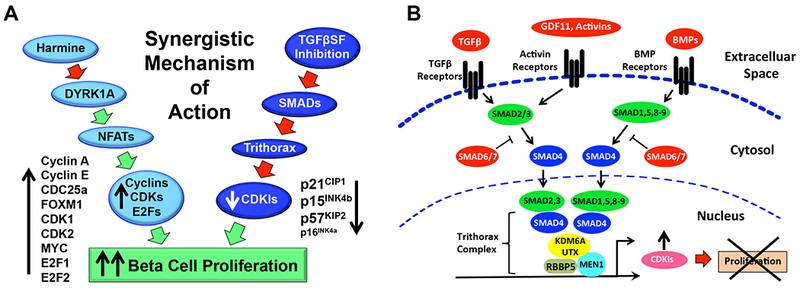Figure 7. Models of TGFβ superfamily signaling and Harmine-TGFβ superfamily actions on human beta cell proliferation.

A. A simplified illustration of the synergistic mechanisms through which harmine and TGFβSF pathway inhibitors cooperate to enhance human beta cell proliferation. Harmine, acting on DYRK1A, primarily activates cyclins, cdks and related cell cycle activators. In parallel, TGFβSF pathway inhibitors relieve expression of cell cycle inhibitors, including CDKN1A encoding p21CIP, CDKN1C encoding p57KIP, and CDKN2B encoding p15INK4. As suggested in Figure 3A, harmine also has direct or indirect effects on TGFβSF-SMAD signaling, and it is likely that DYRK1A has effects on other targets in addition to NFaTs. B. In the canonical TGFβ paradigm, ligands such as TGFβ, activins, inhibins, myostatin, GDF11, and bone morphogenic proteins (BMPs) bind to multi-subunit receptors that phosphorylate, and thereby activate, so-called receptor SMADs (SMADs 2,3, and 1,5,8/9). These are then able to heteromerize with SMAD4, a common SMAD, and the SMAD4 heteromers translocate to the nucleus where, among other things, they are incorporated into the chromatin-modifying and DNA-methylating Trithorax Complex, and thereby influence expression of multiple gene families. Adapted from Brown and Schneyer (Brown and Schneyer, 2010).
